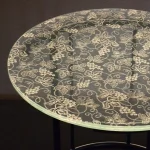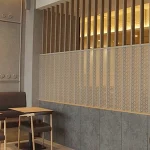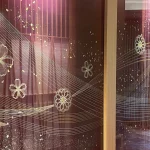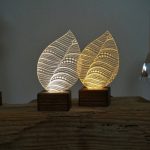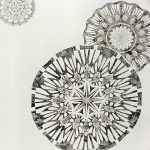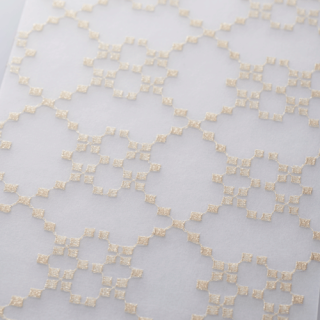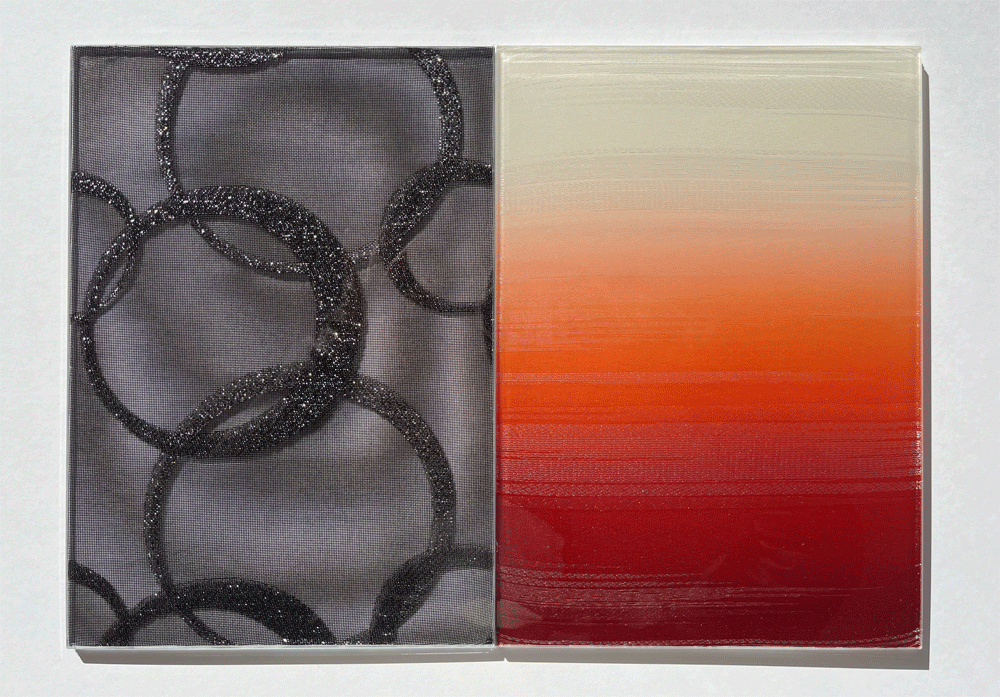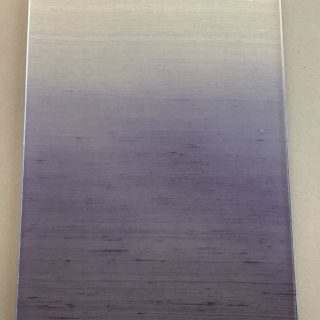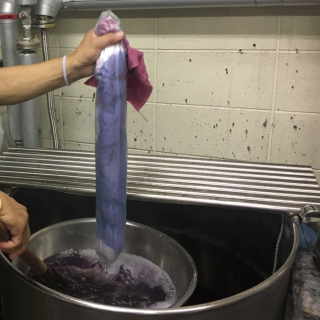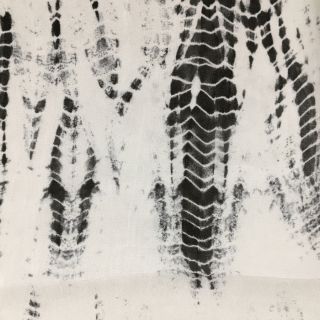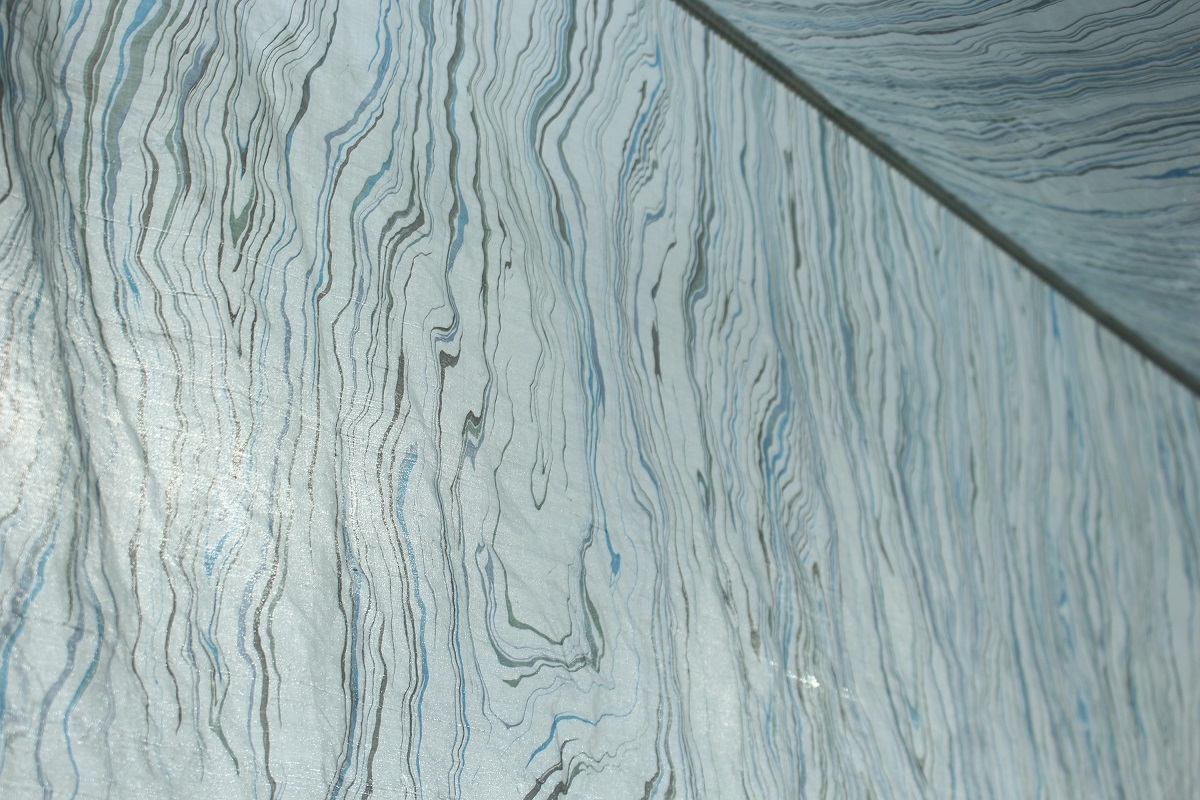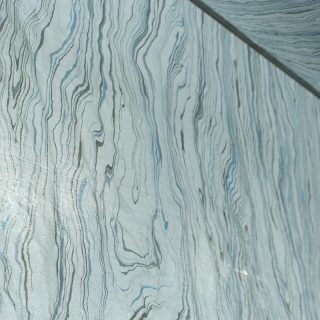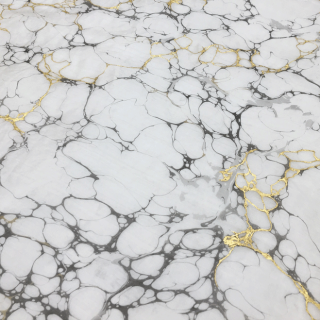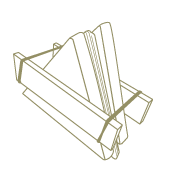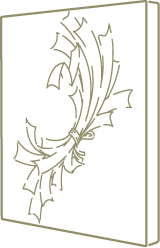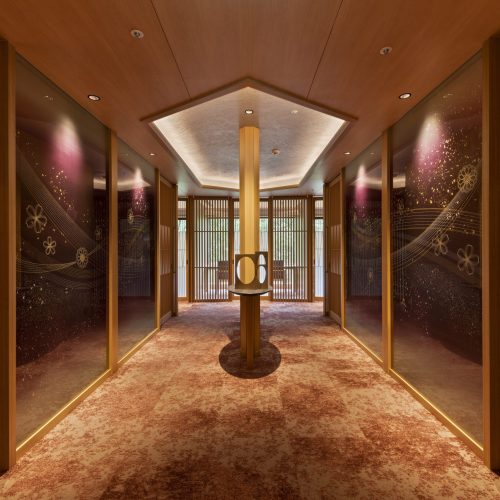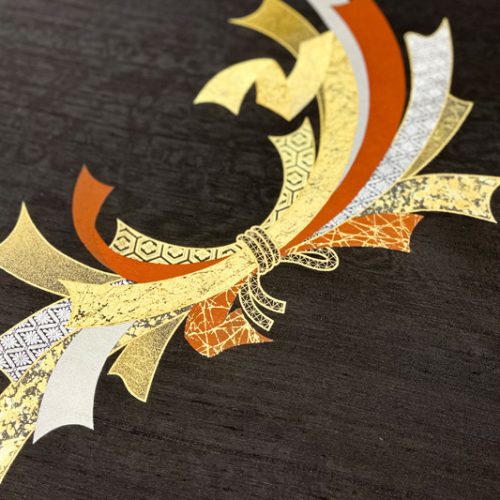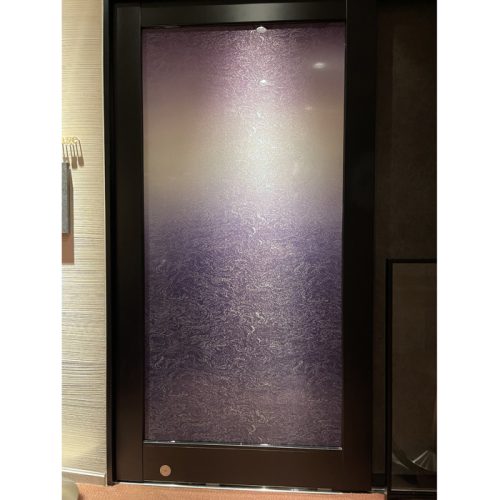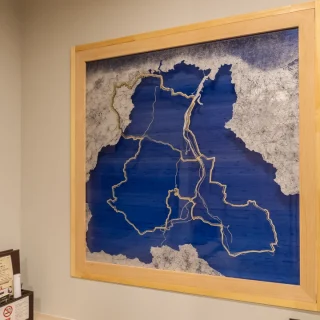
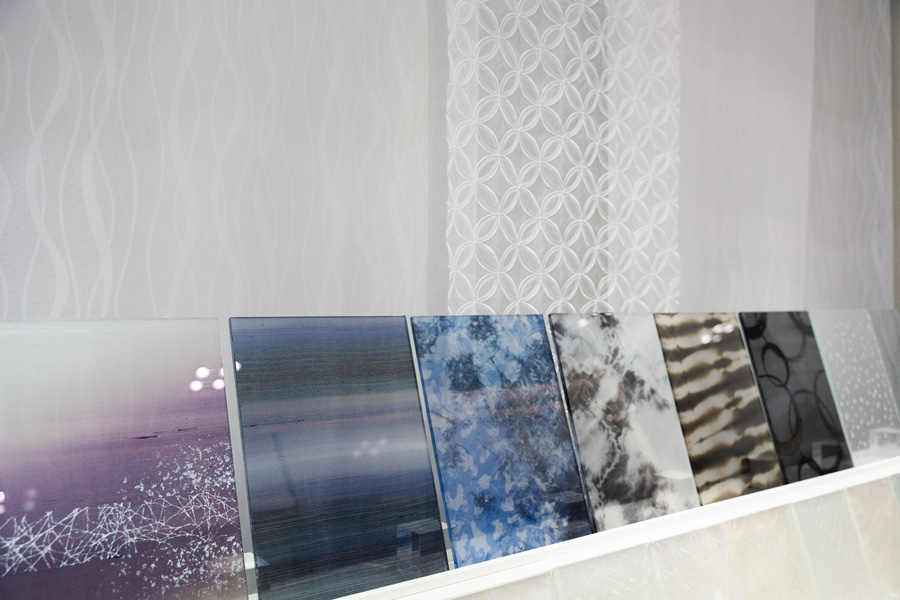
Dyeing skills
Artistic techniques of dyeing our white silk fabric
The dyeing process of kimono has various kinds of artistic techniques of dyeing our white silk fabrics like momentary scene of colors are naturally spreads to the white.
The dyeing of white textile woven with white raw silk threads is called “Ato-Some” (post-dyeing). Indeed one color dyeing has the beauty of single color itself, but there are also many other methods of expression as post-dyeing artisans. The “Hikizome” technique creates naturally tint gradations, the “Shiborizome” means tie-dyeing skill that vary depending on tie ways, and the “Suminagashi” depicts the design itself as a phenomenon floating on water. By applying these artisan techniques, we can create an interior decoration to make your space unique and special with Japanese traditional craftmanship.


